When you think hairless cat, you probably think of the Sphynx right away. But the Peterbald is actually nothing like the Sphynx aside form their lack of fur. This is a unique cat breed that has a lot of surprisingly distinct features, including webbed toes and big ears. But what's making them gain popularity is their irresistible personality. It's hard to find a cat as loyal, loving, and lively as the Peterbald!
Peterbald Cat Breed Origin & History
There are surprisingly a lot of hairless cat breeds. One of those hairless cats is known as the Donskoy, which has a dominant mutation that causes hairlessness. In 1993, the Donskoy was bred with a tortoiseshell Oriental shorthair in St. Petersburg, Russia by Olga S. Mironova. The kittens looked like hairless Oriental cats. Intrigued, breeders started crossing Peterbalds with Donskoys, Oriental Shorthairs, and Siamese cats.
Peterbalds quickly became infamous throughout St. Petersburg. As more cat fanciers took notice, the Peterbald was soon recognized by the Cat Fanciers' Association and The International Cat Association.
In 2005, The International Cat Association gave the Peterbald championship status. Their brush coat variety was given championship status two years later. Blue Belle, a gray kitty with bright, blue eyes, was one of the first brush cat Peterbalds to achieve championship status.
Related: Sphynx Cat Breed: An Owner’s Guide To The Furless Phenom
Peterbald Breed Personality
This feline makes up for their lack of fluff with endless personality! They are known for being endlessly energetic, lovingly loyal, and insanely intelligent. Peterbalds are elegant, sometimes described as a "ballerina" in the way they play — jumping through the air, flipping, etc.
Combined with their curiosity, their playful nature can sometimes get them in trouble. These cats like to explore and figure things out. This insistence on getting into everything can become more frequent when they're not given enough attention.
Related: Separation Anxiety in Cats: Signs and Symptoms
Peterbalds are intensely loyal. They enjoy spending time with their favorite human throughout the day, whether it's curling up with you in bed, sitting next to you while you work, or lounging on your lap when you eat.
This breed will always greet you when you come home. They like to invite guests inside as well. With a tendency to be vocal, you'll often know when friends have arrived.
Peterbald Cat Breed Characteristics (Physical)
Cat fans often describe the Peterbald's appearance as "graceful." Slim and muscular, the Peterbald is surprisingly not always hairless. But even with fur, the Peterbald has a lot of distinct characteristics that set it apart from other hairless breeds. This is known as one of the best hypoallergenic cats you can own.
Peterbald Cat Size
The Peterbald is a small to medium-sized cat with a long and lithe body. They tend to be six to 12 pounds, with males weighing more than the females. Hairless Peterbald kittens also weigh less on average than varieties that start out with fur. While described as muscular, what you'll often notice first about the Peterbald's body is how wrinkly they appear.
Head
Like their body type, the Peterbald owes its facial characteristics to the Oriental Shorthair. Their wedge-shaped head and high cheekbones are like that of an Oriental, as well as their almond-shaped eyes and distinctly large ears. Sometimes they are even described as "bat-like."
Eye Color
This cat can typically have any eye color, ranging from blue and green to orange, brown, and gold. It doesn't correlate with their coat color either.
Legs & Paws
One thing that makes the Peterbald stand out from other hairless breeds are their paws. Their toes are webbed! Many breeders have noted that the Peterbald cat's webbed feet allow them to easily grasp toys and other objects while playing. They can also open doors and drawers because of their unique paws.
Coat
Peterbalds come in five coat variations:
- Bald: This version has no hair, whiskers, or eyebrows at all. They can feel slightly sticky to the touch.
- Flock: Also called chamois, this Peterbald is 90% hairless. They feel a bit like chamois leather.
- Velour: Peterbald cats of this variety are 70% hairless. They have a slight coat that's up to 1 mm in length.
- Brush: This is a coat that's unique to the Peterbald breed. It feels like felt, although it's made up of wiry hair up to 5 mm long.
- Straight: This is a short coat with average whiskers, made possible if no hair loss gene is present.
Peterbald Cat Breed Care
As you may have guessed, Peterbalds have an easy coat to maintain. Most of the time, there's barely any fur to manage. While you won't experience excess shedding and hairballs, there are other cat care requirements for breeds with no hair.
A lack of fur can mean it's much easier for Peterbalds to get wax and dirt buildup in their ears. Use a soft cloth or vet-approved wet wipe on their ears after a bath. This can also be done for their eyes since Peterbalds lack eyelashes that keep dirt and dust away from their larger eyes. Also, check a Peterbald's webbed feet for dirt and dust blockage between nails. You may want to regularly clip a Peterbald's claws to keep them clean and safe.
You'll notice Peterbalds need more bathing because they get oily and greasy. This can also cause acne. As a result, they should be bathed regularly. Talk to a veterinarian about cat-friendly bath products and how to make sure your cat is perfectly dry to avoid yeast infections.
Peterbalds must be kept indoors to avoid overheating or freezing temperatures. They are more sensitive to these extremes than other cat breeds, even getting sunburns. Make sure they have warm blankets and heat pads on colder days. You can even get them sweaters if they don't mind. Peterbald cats will often sleep under the covers with you, happy for the extra warmth.
Health Problems
Like many purebred cats, the Peterbald is known to carry progressive retinal atrophy, a group of genetic disorders that lead to the loss or deterioration of the eye's retina. This often leaves cats with a decline in vision. Some even become blind. You will often notice your cat bumping into things or appearing disoriented, especially at night.
The Peterbald's hairlessness also makes them more susceptible to respiratory issues. Always look for signs, including coughing, congestion, and a runny nose.
Related: Why Is My Cat Coughing? [Identifying Causes & When to Be Concerned]
With proper care, this cat can live an average of 12 years!
Nutrition
The Peterbald eats more than the average cat breed due to their hairlessness. They have a fast metabolism in order to heat them up faster, making up for their lack of fluff. If not managed, this can lead to obesity. Talk to your vet about a well-balanced meal plan for your Peterbald so you can still meet their nutritional needs.
Of course, it's safe to say that Peterbalds should be fed protein-rich cat food that's very low in carbohydrates. These "fillers" will lead to weight gain and are not necessary for domestic cats. Give them healthy treats that have natural ingredients and no grains. Want more nutrition for your cat? Check out our natural and nutritional cat treats and healthy oils.
Children & Other Pets
The Peterbald is quite social and enjoys spending time with other cats. Many Peterbald owners opt to get two. This helps keep this feline out of trouble when you're out with friends or running errands. They will always appreciate the extra company. Still, two Peterbalds left alone for too long will find ways to use their webbed feet in ways you may not like.
This is a breed that likes being with other cats as well, and even dogs. Just remember to introduce them properly. Social and nosy, the loyal Peterbald enjoys everyone in the family. That includes kids. But make sure you're watching their interactions. Some younger kids may not be used to handling a hairless cat!
More About This Breed
Did you know that Peterbalds have changing coats? It's important to keep in mind that the Peterbald kitten you adopted may not have the same fur throughout its life.
During their first two years, the cat's hair texture can significantly change. They can even gain fur or lose it. This is important to keep in mind because the Peterbald price can be more than $1,000! You definitely want to make sure you're aware that their appearance could change after adoption.
This breed is still a relatively rare breed, but they're growing in popularity around the world due to their exotic looks as well as their loyal and lively personalities. This is a breed that never wants to leave your side, even cuddling with you under the covers all night long. While they do require extra care, most Peterbald owners would say the extra bathing and cleaning is worth it because of the love they get from their kitty for life!. Recommended page.




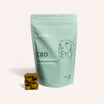


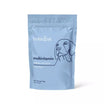
![Probiotics For Dogs [Soft Chews] - HolistaPet](http://www.holistapet.com/cdn/shop/files/Probiotic-Infographic-1_472d7a29-e30c-435a-9638-1365d8c3a9f9.jpg?v=1725384841&width=104)
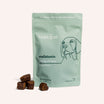












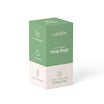



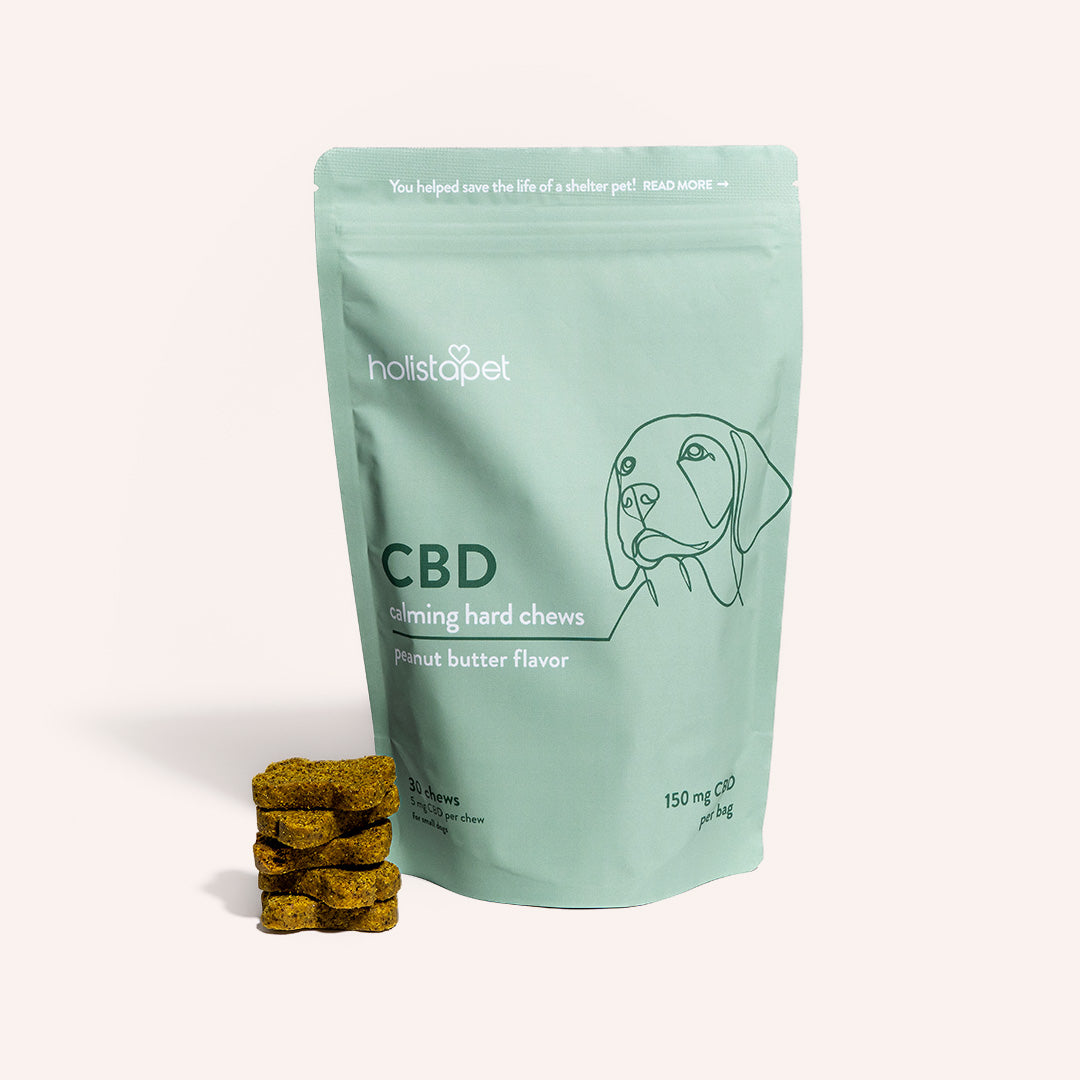
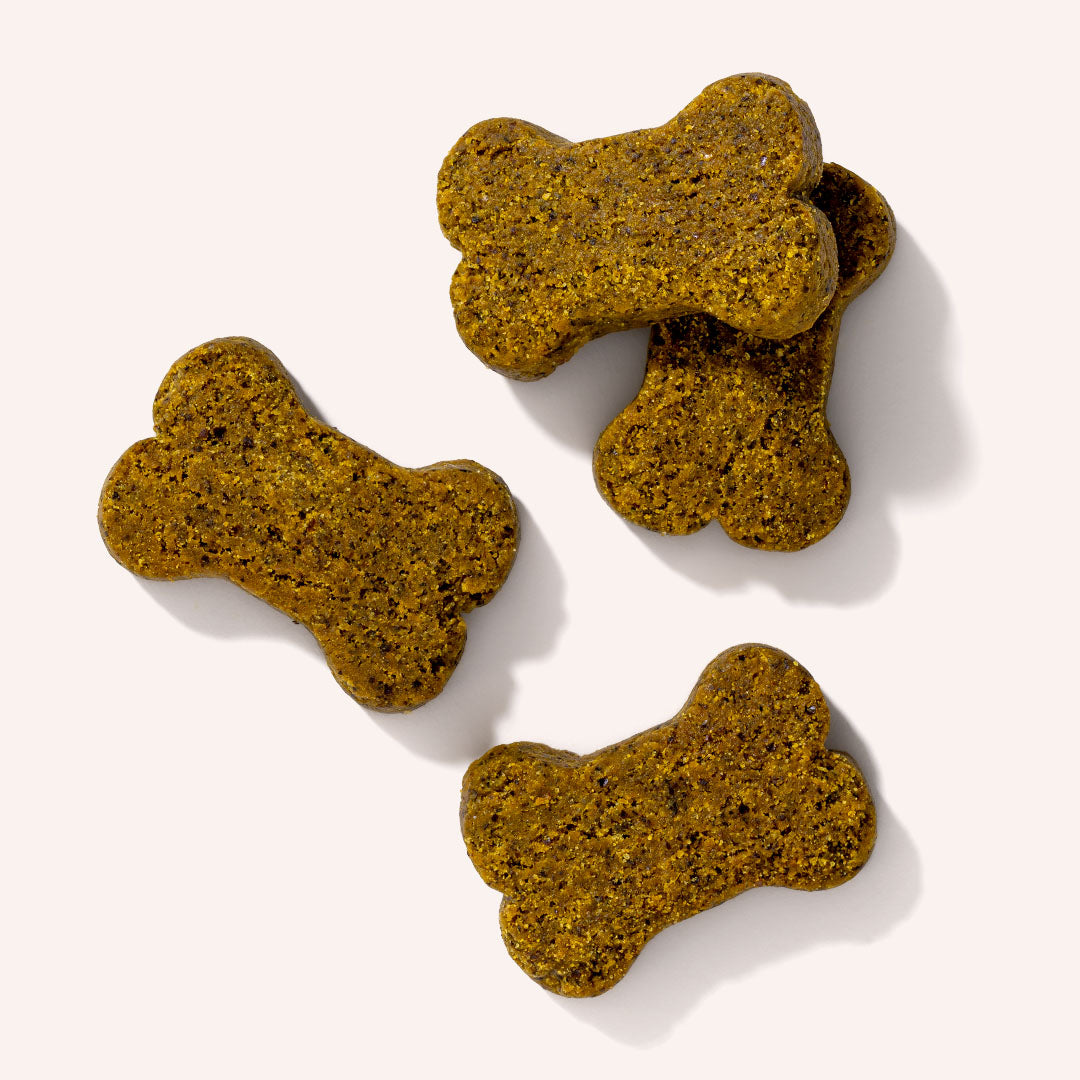
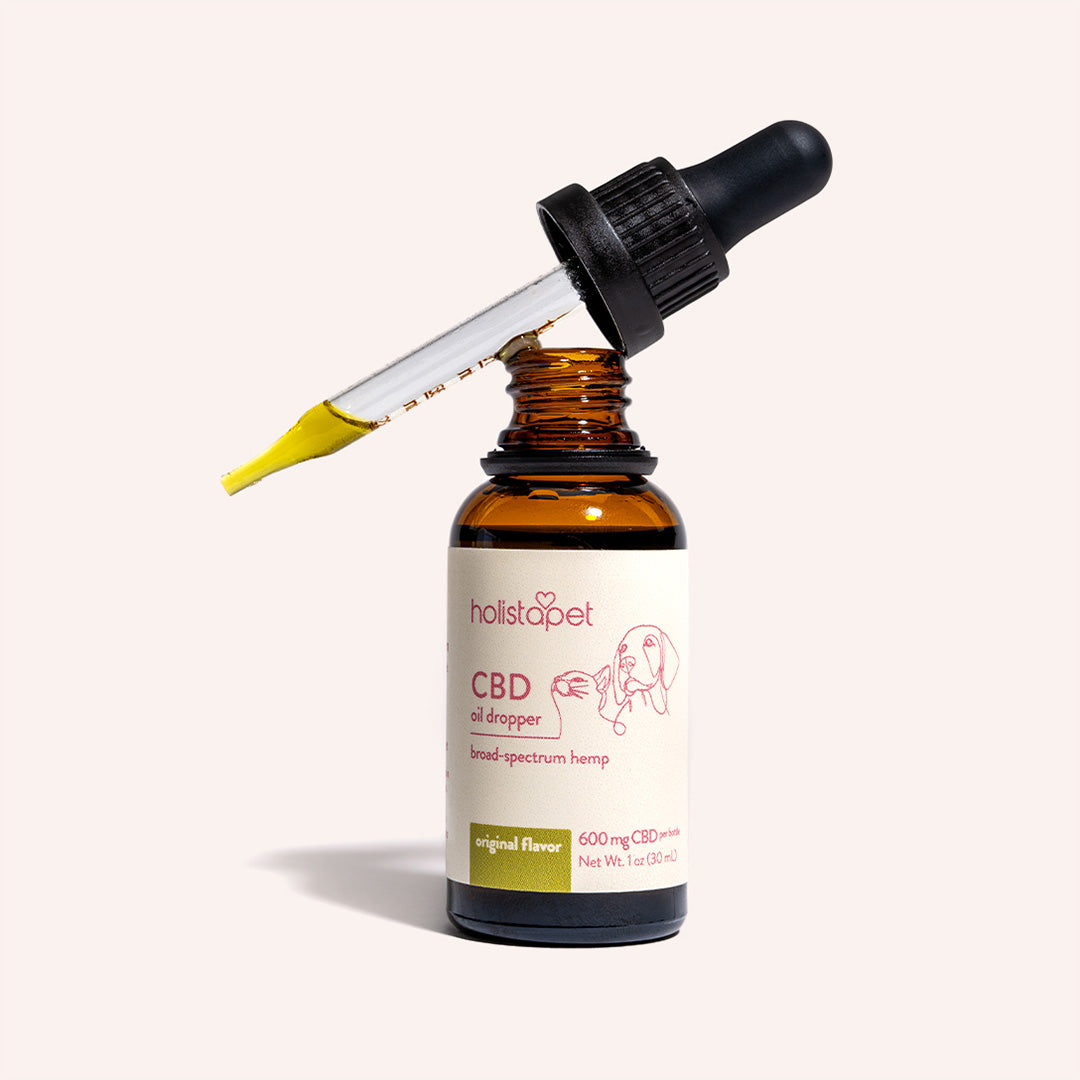
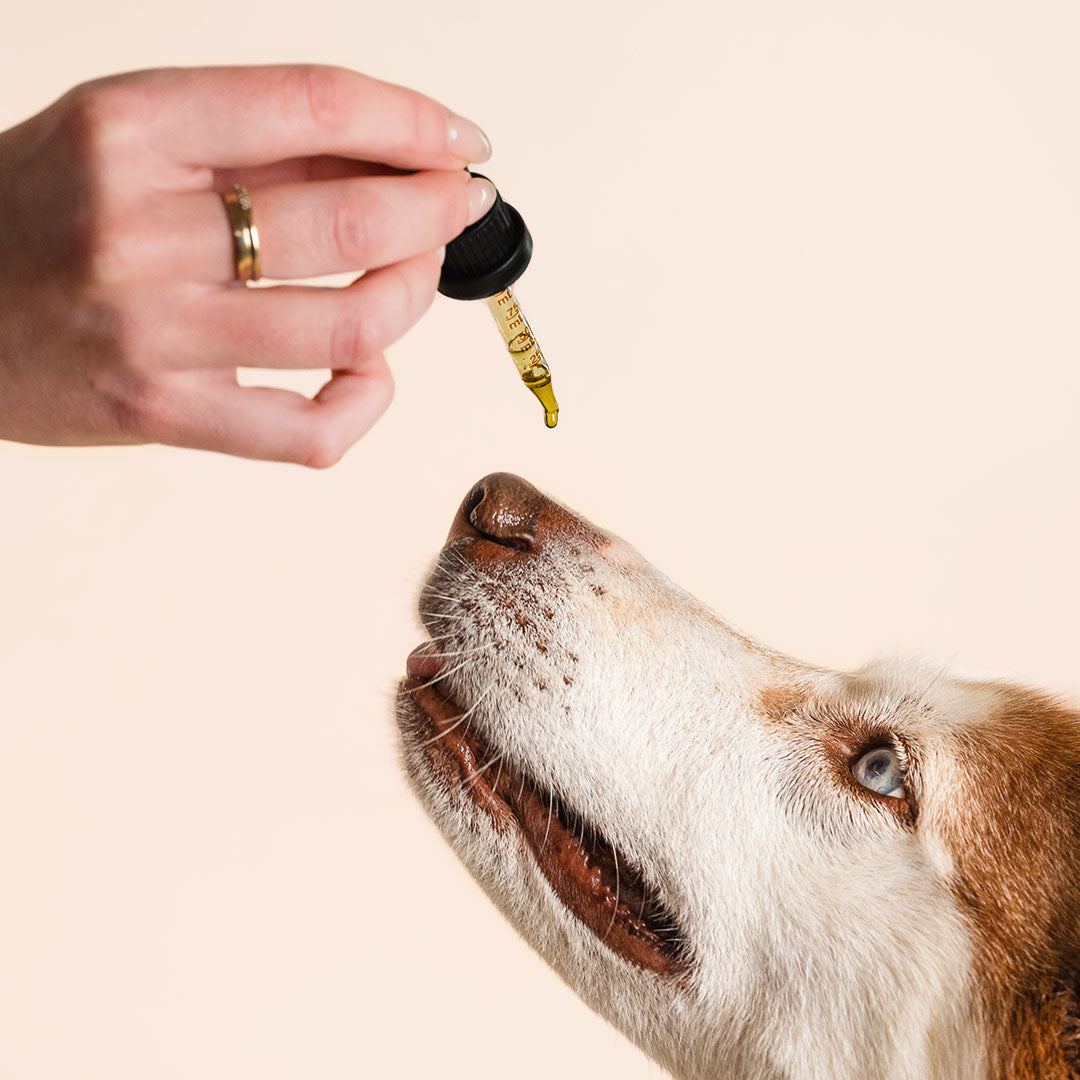
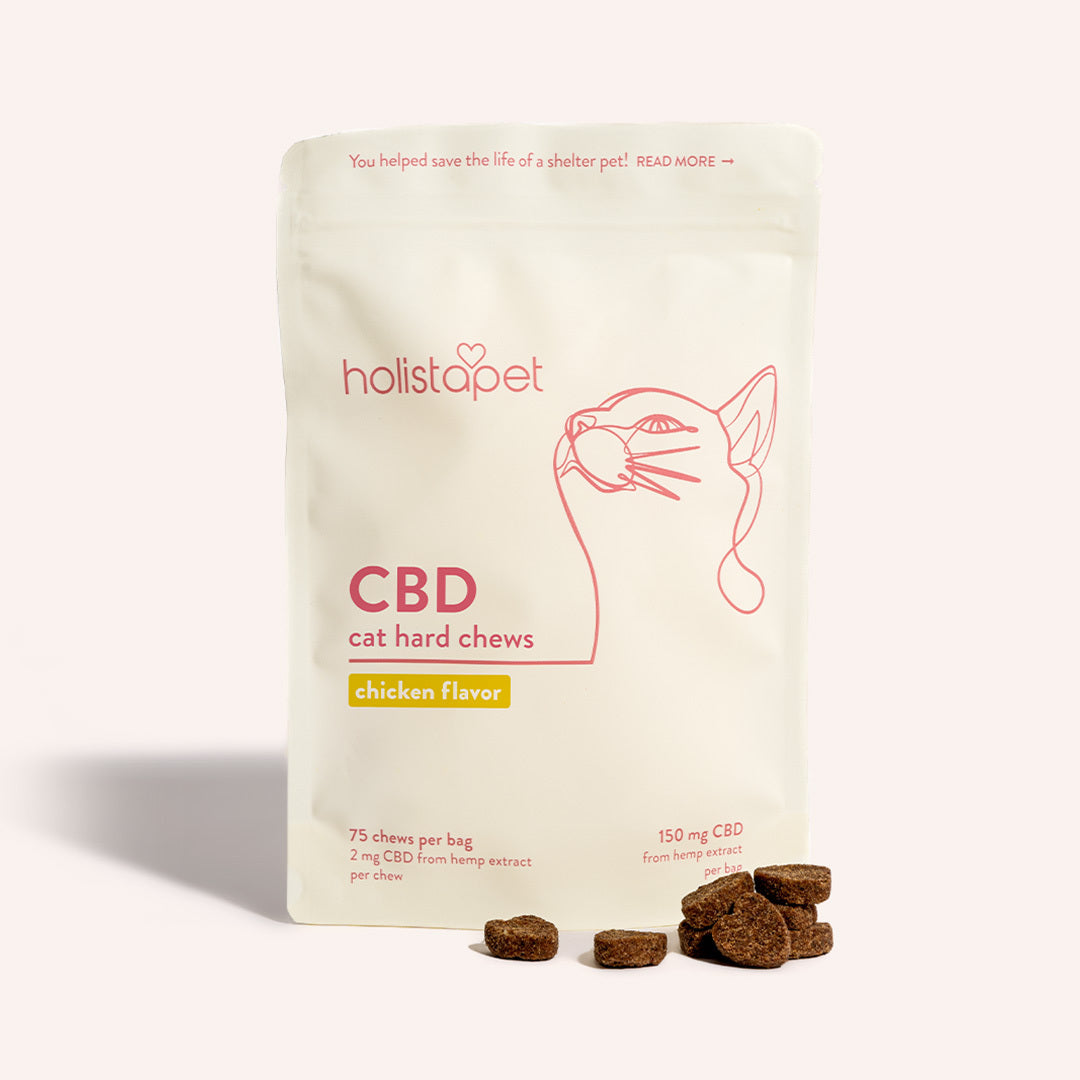
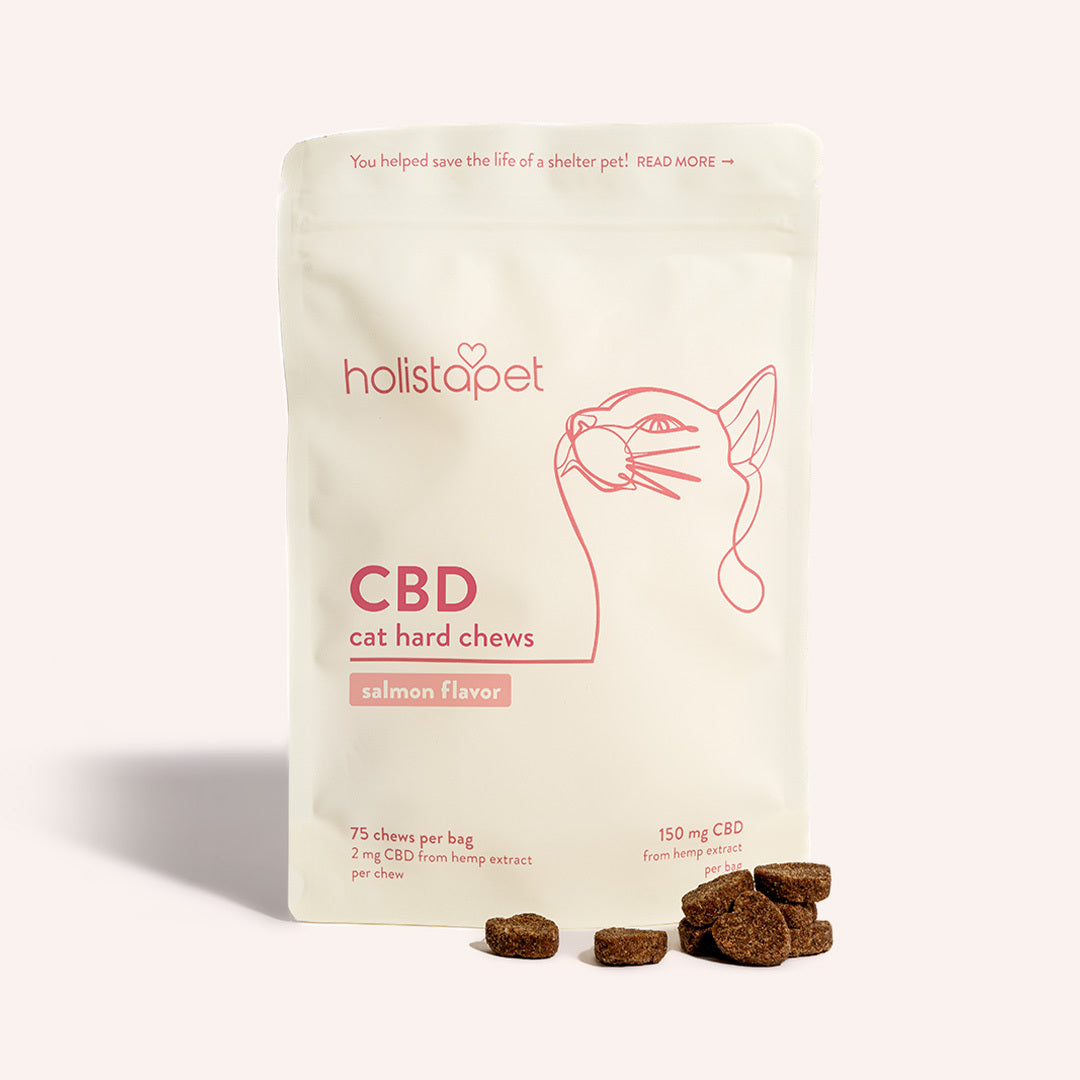
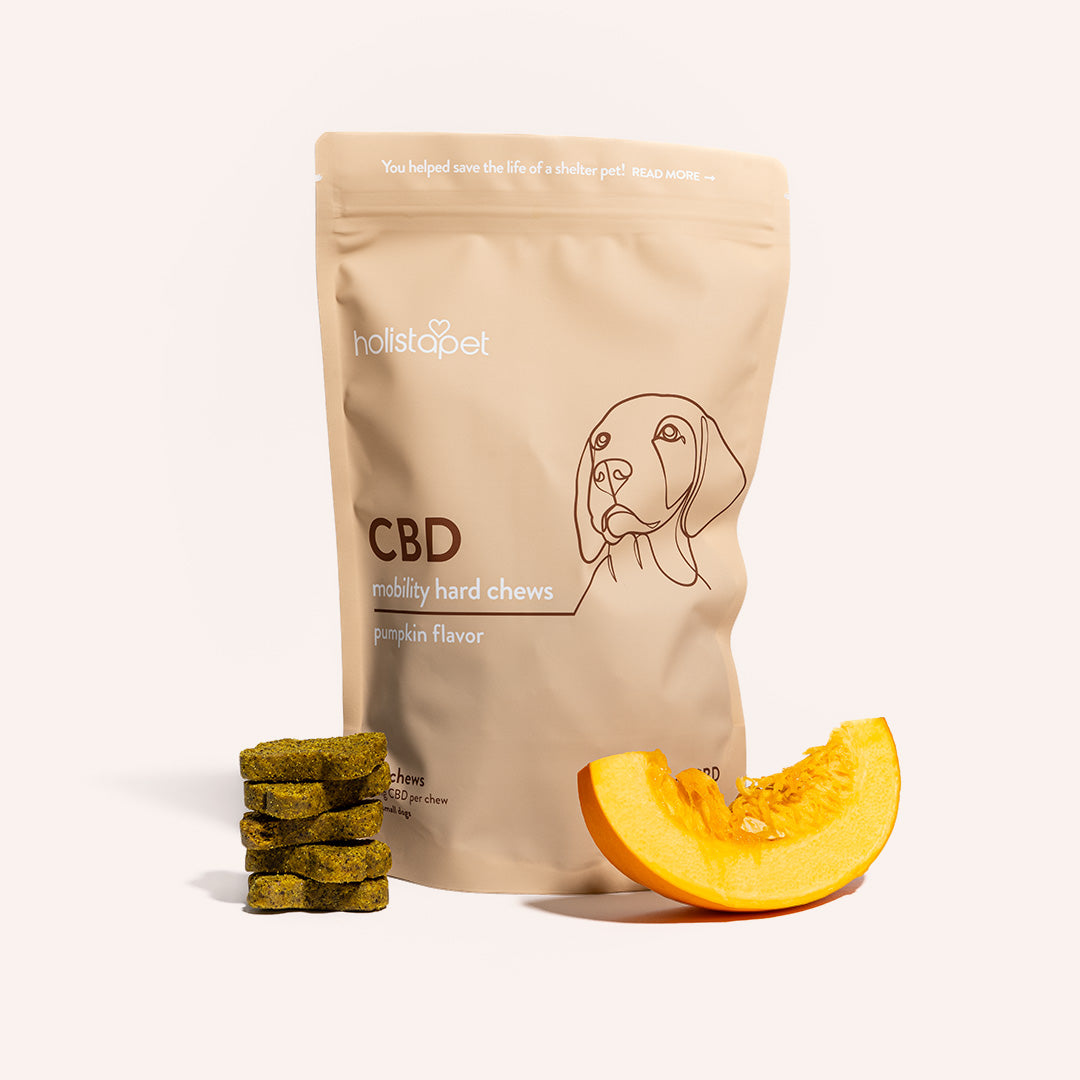
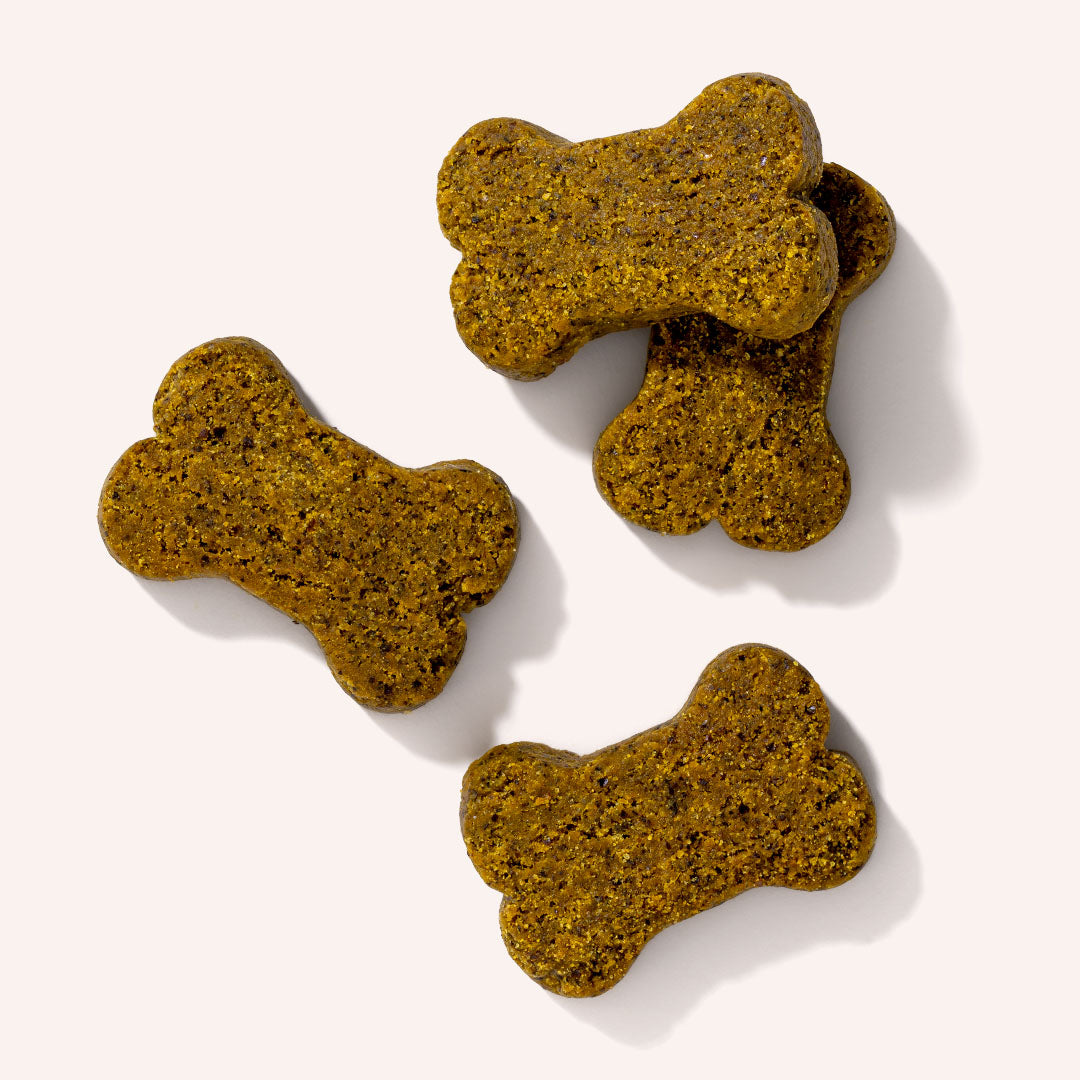
Leave a comment
All comments are moderated before being published.
This site is protected by hCaptcha and the hCaptcha Privacy Policy and Terms of Service apply.